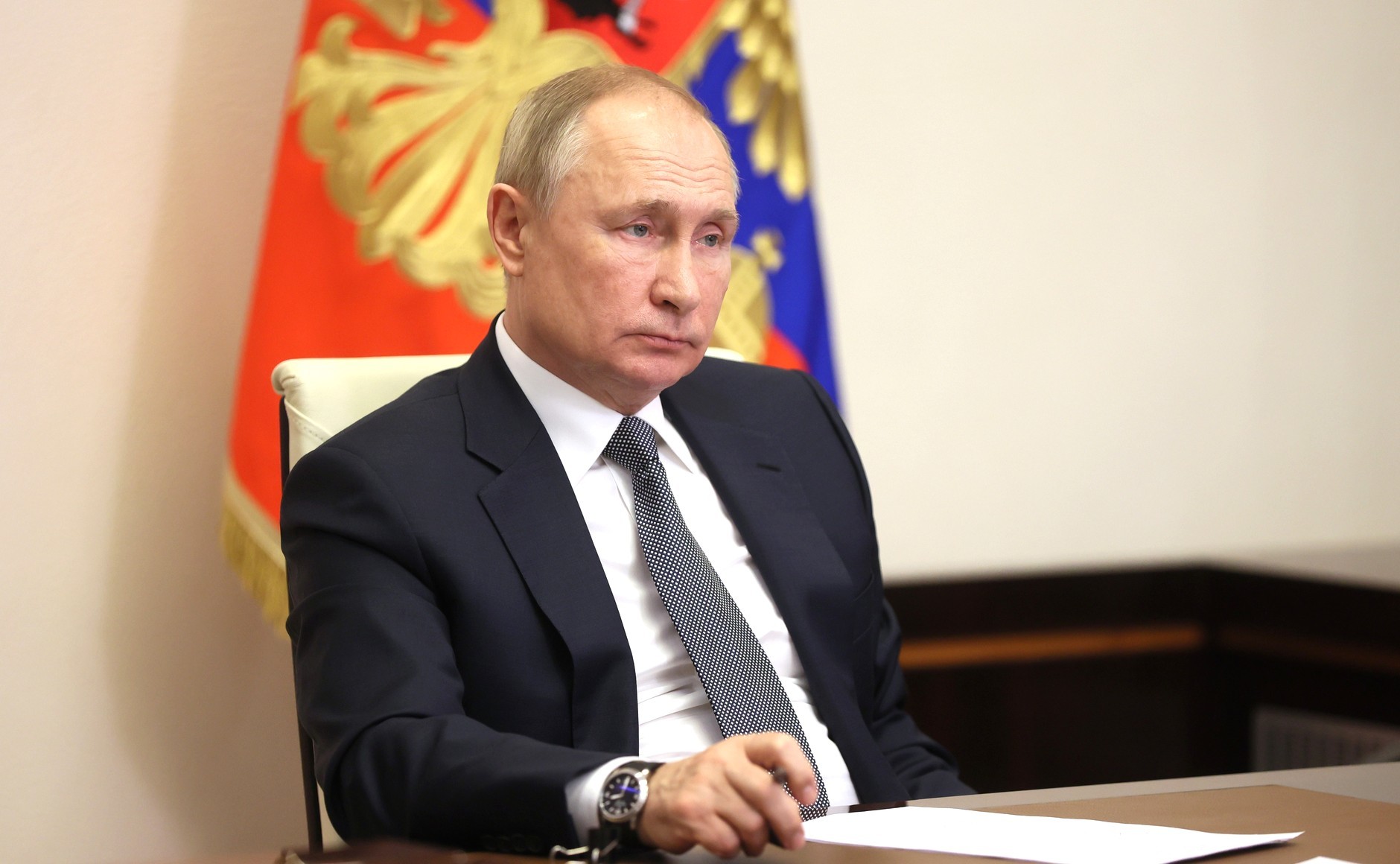Since the beginning of 2021, the number of unemployed Russians officially registered at employment centers has decreased by more than three times.
Today, there are 780 thousand such citizens in the country, although in January there were 2 million more.
This was announced on Wednesday, December 22, by the Russian government following a meeting of Deputy Prime Minister Tatyana Golikova with an interdepartmental working group on the restoration of the labor market.
According to the Cabinet of Ministers, 72.3 million Russians are currently employed in the country's economy.
This is 400 thousand people more than the target level.
“To achieve the target indicators, each region has taken a set of measures to restore the labor market.
They were developed taking into account the situation on the local labor markets and included measures taken by the majority of regional authorities, ”the government said.
According to an estimate by the Ministry of Labor and Social Protection, at the beginning of 2021, the overall unemployment rate in Russia was 5.9%.
At the same time, already in the middle of autumn, the indicator dropped to 4.3% - the lowest level since August 2019.
“This is just the pre-pandemic level.
Today we can already say that the labor market in Russia has fully recovered, and this, I note, has not yet happened in all the leading economies of the world, ”Russian President Vladimir Putin said at the end of November.
kremlin.ru
Recall that unemployment in Russia began to grow noticeably in 2020 due to the coronavirus pandemic and the introduction of a number of quarantine restrictions.
Then, from March to August, the corresponding indicator jumped from 4.7 to 6.4% at once.
The last time such a high value was observed was in 2012.
Against the background of the current situation, the head of state instructed the government to achieve full employment recovery by the end of 2021.
However, the labor market revival happened faster than initially expected, experts say.
“This year there were no more serious business restrictions.
At the same time, over the two years of the pandemic, enterprises have managed to adapt to the new realities and are now more easily tolerating periods of turbulence, ”said Anastasia Uskova, general director of the Rocket Work platform, in a conversation with RT.
The specialist emphasized that the government's measures to support employment also played a positive role.
First of all, we are talking about the program of concessional loans for business.
As part of the initiative, enterprises were able to obtain a loan at a reduced rate, provided that the number of employees remained at a level of at least 90% of the state.
The funds received by the company could be used to pay salaries to their employees or to pay rent and tax payments.
“The program not only allowed to curb unemployment, but also led to the whitewashing of business.
In order to receive benefits, many entrepreneurs employed those who could previously work unofficially, ”added Uskova.
The restoration of employment was also facilitated by the launch of programs for retraining citizens and subsidizing hiring, Svetlana Bessarab, a member of the State Duma Committee on Labor, Social Policy and Veterans Affairs, recalled in an interview with RT.
In addition, according to her, the decline in unemployment in the country is partly due to the increase in the number of self-employed.
In 2021, the number of such Russians more than doubled and now exceeds 3.5 million people.
“Due to the observed decrease in unemployment, the state's expenses for the payment of benefits are reduced, and at the same time, tax deductions are growing.
All this makes it possible to better fill regional budgets and the state treasury as a whole, ”added Svetlana Bessarab.
Monetary effect
According to the Bank of Russia estimates, at the moment the demand for labor in the country continues to grow.
According to the head of the Central Bank Elvira Nabiullina, the number of vacancies is about a third higher than the levels two years ago.
At the same time, there is already a shortage of personnel in many industries.
“If we look at the migration inflow of labor, then it ... has already returned to the pre-pandemic level.
But due to the fact that the demand in industries with a large share of labor migrants (in the delivery of goods, construction) has grown significantly during this time, they are still in short supply.
As a result, an increase in the demand for labor for various categories of workers translates into a steady increase in nominal wages, "Nabiullina noted.
According to the latest data from Rosstat, in September 2021, the average nominal wage in Russia increased by 9.6% compared to the same period in 2020 and amounted to 54.6 thousand rubles. In real terms (adjusted for inflation), the indicator increased by 2%. According to the forecast of the Ministry of Economic Development, by the end of the current year, the average level of wages in the country may exceed 56 thousand rubles.
“Decrease in unemployment and recovery of employment means stability of incomes of the population.
It is incomes and their growth that provide consumer demand, on which many sectors of the country's economy depend - from retail to the production of food and goods.
And if there is a demand for goods, the profit of companies grows, the revenues of the state increase, which directs these funds to social needs, "Artyom Deev, head of the analytical department of AMarkets, explained in an interview with RT.

